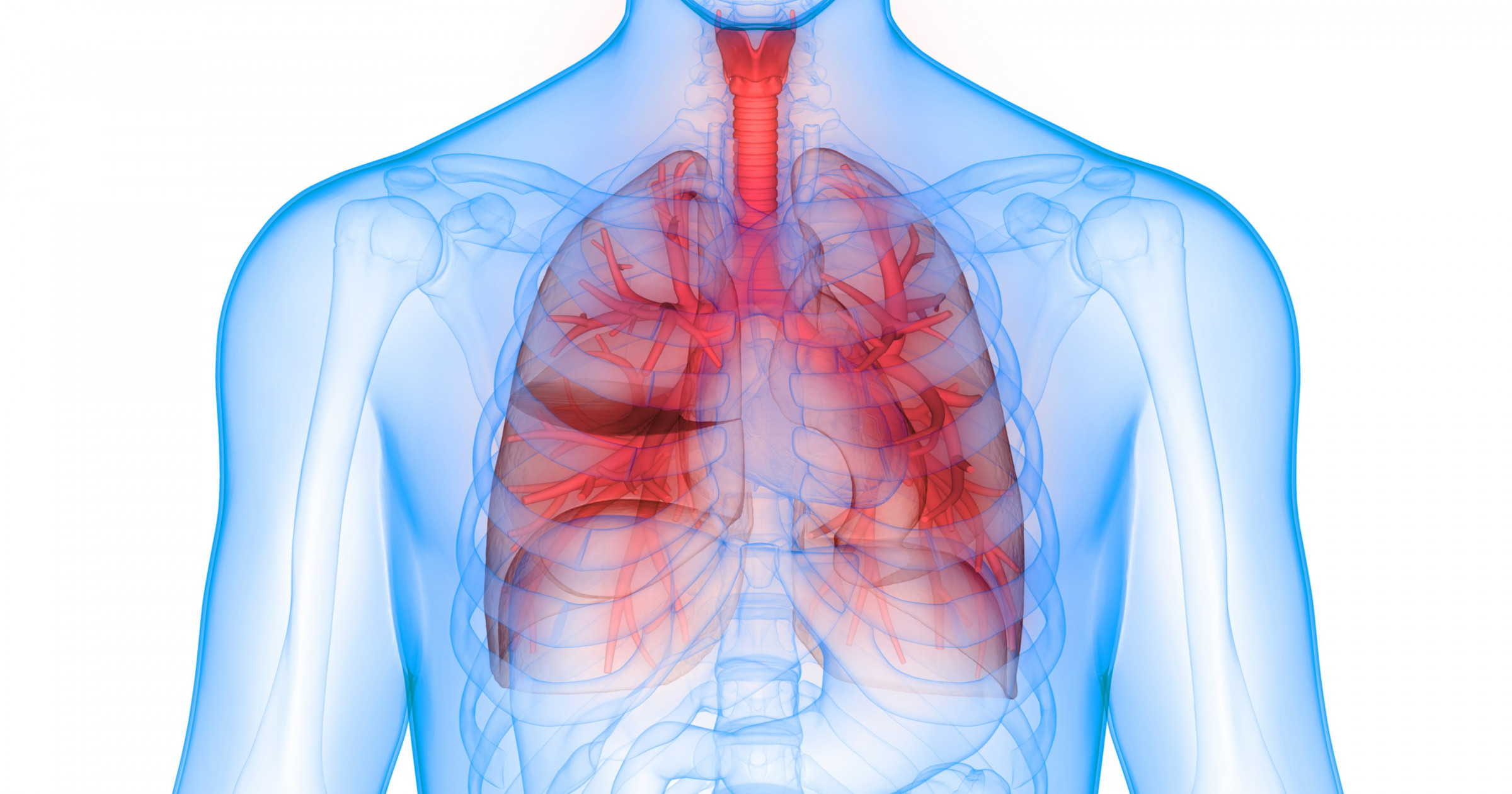17 May 2021
ECT4Health - Understanding Pneumonia. Its not a Chest infection!!

KYJ29- Pneumonia
Back to basics with today's Knowing Your Jargon episode.
Many nurses have a skewed understanding of respiratory terminology and sometimes even the simplest terms can be misunderstood.
This episode looks at three common terms.
Pneumonia
Atelectasis
Consolidation
First let's review normal lungs.
Air is drawn in to our alveoli (the smallest single cell thick air sacs of our lungs). Inside each alveolus, exists two specialised lung cells (pneumocytes), the Type 1 and type 2 pneumocytes. Type 1 is squamous epithelium and literally forms the walls of the alveolus. Type 2, the Great Alveolar Cell, has the task of producing surfactant.
Surfactant lubricates the inside of alveoli. It is a soap like function lowers the surface tension on the wall of each alveolus, and in doing so, it allows the walls of a collapsed (empty) alveolus, to easily pop open with the next breath. It also serves a role in promoting gas exchange across the alveolar-vascular space (the gap between lung and blood).
Surfactant is produced from approx 36 weeks gestation, making the ventilation and gas exchange in preterm babies problematic.
Pneumonia is an absence of surfactant. And is a function of either no production or damage/disease to the Type 2 cell.
When a baby is born preterm, or a person has suffered an immersion (drowning), or, most commonly, they get a lower respiratory tract infection (chest infection), surfactant is reduced or absent. This loss is called Pneumonia.
Pneumonia (because of a surfactant loss) then causes the alveoli to collapse and stick shut. The term for this is atelectasis.
In multiple alveoli undergoing atelectasis, a segment of lung or a whole lobe of lung may be affected. This is termed segmental or lobar pneumonia, and frequently called consolidation. Eg Right lower lobe consolidation and right lower lobe pneumonia are one in the same.
In chest infections an inflammatory process causes pneumonia and the resulting bacterial or viral cell damage leads to a inflammatory mediated proliferation of white blood cells to flood the infected area to fight infection and mop up dead cells. This engorgement of blood converging on the infected tissue is called pneumonitis (literally inflammation of the lung).
Pneumonitis, like all inflammation, gives rise to capillary leakage. This exudate, and the dead bodies of bacteria or cellular debris is what we cough out as sputum.
Wow... We covered some jargon this episode. Don't forget to share the post and check all the posts out on the blog www.knowingyourjargon.blogspot.com
Like and share our page.
KYJ not to be confused with KYJelly, but still lubricating the minds of the multitudes.

